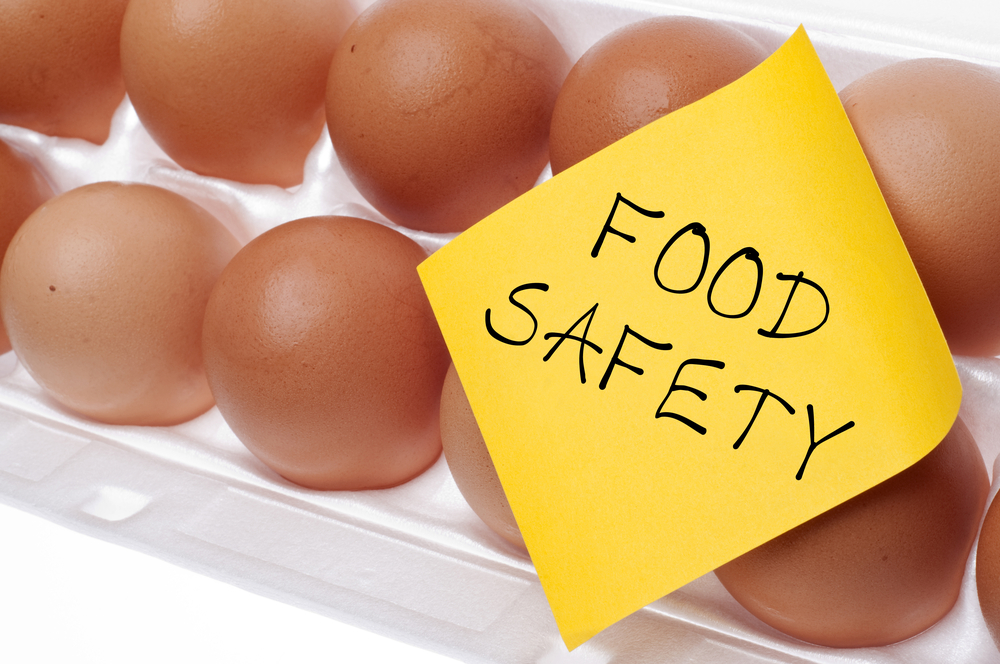
Food Safety Education Necessary for Older Adults
Food safety for adults? Seems a bit unnecessary at first, doesn’t it? After all, isn’t food safety education something that kids need?
Well, the food and nutrition landscape has seen quite a bit of change over the past decade. As a result, it’s important for adults to be educated (or rather, re-educated) about food safety Moreover, as you age, your body changes; making it necessary for you to switch to foods that are better suited to your aging body. Food safety education is all the more crucial given the higher risk of illness faced by older adults, as well as longer recovery periods.
The importance of food safety education
Increased life expectancy has led to people living longer years. Most of the elderly are homebound and dependant on delivered food, processed food, etc. There is a fairly high possibility of such foods being infected by microbes and pathogens. But they continue to consume these foods since they have few other options. Eating processed food during early adulthood might not be all that harmful since you will most likely have a good digestive capacity. But as you age, your digestive capacity is greatly reduced, along with the effectiveness your body’s innate defence mechanisms. Even the faculty of smell becomes dull, which makes it difficult for you to detect any spoilage.
Keeping all this in mind, you must surely be convinced by now of the need for food safety education. Read on to learn about some of the most common food safety concerns; particularly food poisoning, its symptoms, and how to deal with it.
What is food poisoning?
When you consume stale food, microbes tend to affect the normal flora of the body. The infection then spreads to the blood. If the infection is localized, it leads to tummy aches, diarrhoea, headache, vomiting, fever, and body pain. This is referred to as food poisoning. The only way to tackle this is to remain vigilant regarding what is being consumed.
What are the signs of food poisoning?
The signs and symptoms of food poisoning are as follows:
- Upset stomach
- Diarrhoea
- Fever
- Vomiting
- Abdominal cramps
- Dehydration
- Severe illness
In the worst case scenario, food poisoning can even prove to be fatal.
If you are exhibiting mild symptoms, you have to take rest. Ensure that you take in adequate fluids. You have to consume oral rehydration solution whenever there is a bout of diarrhoea. Oral rehydration solution is prepared by mixing a packet of electrolytes in one liter of water. You can use the solution for one day only – if any of it remains, it must be discarded.
If the symptoms are severe, then you have to visit your physician. If required, you may have to go for intravenous fluid management and medications.
But food poisoning can be largely prevented if you follow certain guidelines.
Guidelines for Safe Food Handling-
- Keep your food safe.
- Avoid eating too much canned and processed food.
- Refrigerate, and if required freeze, all perishable food.
- Check the temperatures of the refrigerator and freezer with an appliance thermometer
- Set refrigerator temperature at 40 °F or below.
- Set freezer temperature at 0 °F or below.
- Don’t thaw food at room temperature.
- Only thaw food in the refrigerator.
- Alternatively, you can thaw in cold water.
- A microwave may also be used for thawing.
- Cook food immediately after thawing.
- Always wash hands with soapy water before preparing food.
- Wash your hands, utensils, cutting boards, and any other surface that is in contact with raw meat and poultry. This will help prevent cross-contamination.
- Perishable food should not be kept without refrigeration for long hours (<2 hours).
- If the room temperature is greater than 90 °F, then the food should be kept outside for a maximum of one hour.
- This includes items like
- Take-out foods,
- Leftovers from a restaurant meal
- Meals-on-wheels
- Thoroughly cook all raw meat, including poultry and fish
- Never partially cook food
- Have a constant heat source.
- Always set the oven at 325 °F when cooking.
- Don’t bring food to room temperature if it is not cooked.
Here are some USDA recommended food safety measures:
For foods that are purchased or delivered hot:
- If you are eating within 2 hours: Try to eat the food as soon as it is prepared, and while it is still hot.
- If you are eating after 2 hours: Refrigerate the food if possible. Look at the instructions on the packet. The temperature at which it has to be maintained will be given. Follow them carefully, if you want your food to be safe.
For foods that are cold
Look for instructions. Some foods cannot be refrigerated. You have to eat them as soon as possible. But for foods that can be frozen or refrigerated, you can maintain them in appropriate places at the given temperatures.
The main thing is to eat food as fresh as possible. If you can’t eat it fresh, check if the food is perishable. Check for the instructions on the food packet. You will find the information regarding the optimum temperature at which you must keep the food. If the food is delivered cold, check if it has to be kept in freezer or refrigerator.
Always keep this food safety information in mind, to stay safe and healthy as you approach your golden years.




